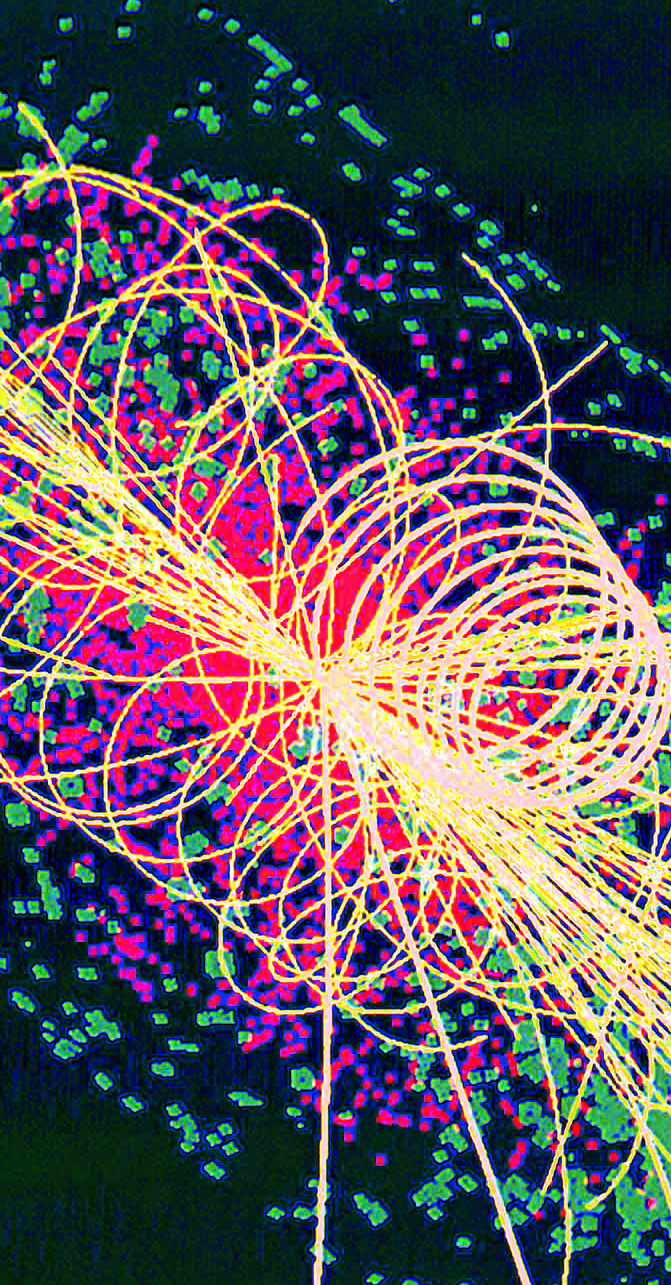More hints of fifth physical force
 Physicists may have found new evidence of a fifth force of nature.
Physicists may have found new evidence of a fifth force of nature.
The find is described in a new paper published in the journal Physical Review Letters by theoretical physicists at the University of California, Irvine.
“If true, it’s revolutionary,” said astro-physics professor Jonathan Feng.
“For decades, we’ve known of four fundamental forces: gravitation, electromagnetism, and the strong and weak nuclear forces. If confirmed by further experiments, this discovery of a possible fifth force would completely change our understanding of the universe, with consequences for the unification of forces and dark matter.”
The UCI researchers were inspired by a mid-2015 study by experimental nuclear physicists at the Hungarian Academy of Sciences who were searching for “dark photons”; particles that would signify unseen dark matter, which makes up about 85 per cent of the universe’s mass.
The Hungarians’ work uncovered a radioactive decay anomaly that points to the existence of a light particle just 30 times heavier than an electron.
“The experimentalists weren’t able to claim that it was a new force,” Feng said.
“They simply saw an excess of events that indicated a new particle, but it was not clear to them whether it was a matter particle or a force-carrying particle.”
The UCI group went back over all the Hungarian researchers’ data, as well as all other previous experiments in the area, to show that the evidence strongly disfavours both matter particles and dark photons.
But they proposed a new theory in the process, which claims to synthesise all existing data to determine that the discovery could indicate a fifth fundamental force.
The UCI work demonstrates that instead of being a dark photon, the particle may be a “protophobic X boson.”
While the normal electric force acts on electrons and protons, this new found boson interacts only with electrons and neutrons – and at an extremely limited range.
“There’s no other boson that we’ve observed that has this same characteristic. Sometimes we also just call it the ‘X boson,’ where ‘X’ means unknown,” said research co-author Timothy Tait.
Professor Feng was keen to note that a lot more experiments are needed.
“The particle is not very heavy, and laboratories have had the energies required to make it since the ’50s and ’60s,” he said.
“But the reason it’s been hard to find is that its interactions are very feeble. That said, because the new particle is so light, there are many experimental groups working in small labs around the world that can follow up the initial claims, now that they know where to look.”
One direction that intrigues Feng is the possibility that this potential fifth force might be joined to the electromagnetic and strong and weak nuclear forces as “manifestations of one grander, more fundamental force.”







 Print
Print